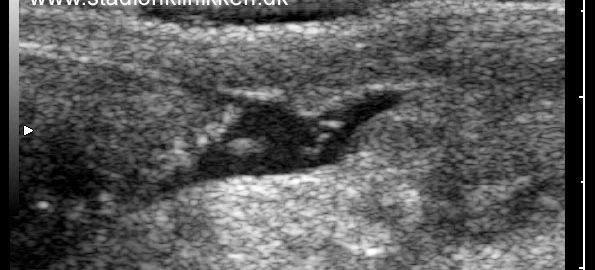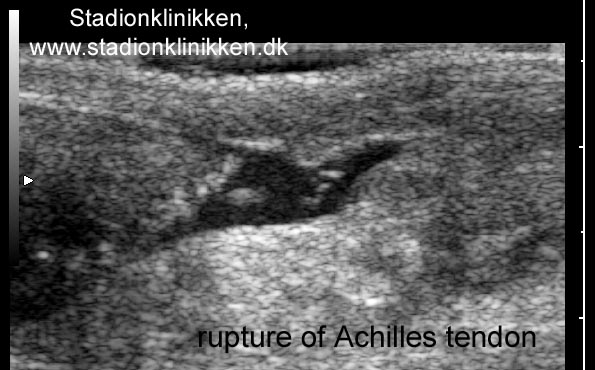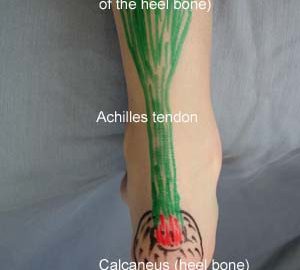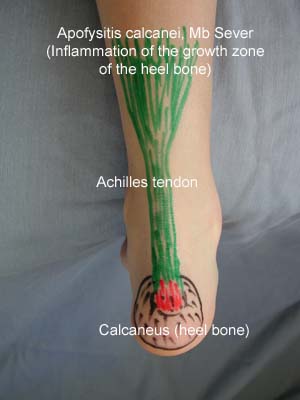|
Diagnosis and treatment of acute ruptures of the Achilles tendon.
Current concepts review. Popovic N, Lemaire R. Acta Orthop Belg 1999 Dec;65(4):458-71.
Subcutaneous rupture of the Achilles tendon seems to have become more common in recent years. This results from a combination of more awareness in the medical field and greater participation in physical activities by the general population. The causes of Achilles tendon rupture are multifactorial and still unclear. The diagnosis can be made based on physical examination; special diagnostic studies are rarely necessary. The literature on ruptures of the Achilles tendon and associated treatment has expanded over the past decade. The lack of a universal, consistent protocol for subjective and objective evaluation following treatment of Achilles tendon rupture has prevented any comparison of results. There is still controversy concerning the best treatment. From a literature review, it appears that a satisfactory outcome may be achieved with either nonoperative or operative treatment but surgical repair appears to provide better functional capacity. Lower rerupture rates and slightly improved strength and functional ability may be expected with surgical treatment; however, the rate of minor complications is higher than with nonoperative treatment. Reports in the literature indicate that in active, young, very demanding individuals, surgical repair should be considered, with nonsurgical treatment reserved for elderly or sedentary patients. There is no single, uniformly accepted surgical technique for Achilles tendon repair. Most acute ruptures have been treated successfully with simple end-to-end suture, although various augmentation procedures have been combined with simple suture with satisfactory outcomes. To minimize the complications typically associated with open surgery, percutaneous techniques to repair the ruptured Achilles tendon have been advocated, and the results are reported to be promising, although not without failures and complications. Several recent studies have reported functional benefits of early postoperative tendon mobilization in well-motivated patients, since treatment results are determined not only by the method of repair but also, and perhaps more importantly, by the early postoperative functional rehabilitation.
|




